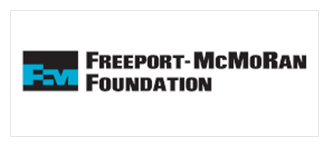Housing Market Study Overview
The City of Tucson, Pima County, and University of Arizona’s Economic and Business Research Center through the MAP Dashboard have partnered on this regional housing market study. The study aims to help decision makers better understand the existing housing stock and development trends and to identify gaps and potential policies to support a variety of housing options that meet the needs of the full range of household types in our community.
The Housing Market Study is made up of three phases:
Phase 1: Neighborhood Vulnerability Index
The first phase of the study identifies "vulnerable", or stressed, neighborhoods within the Tucson/Pima County region, also called the Tucson MSA. The Neighborhood Vulnerability Index may be used for geographically - targeted strategies to direct resources, policies, and programs to best meet the needs of Tucson and Pima County’s unique neighborhoods.
Phase 2: Housing Market Assessment
The second phase focuses on today’s housing market through an analysis of current data for both rental and owner-occupied housing. The analysis examines recent data as well as trends over time to better understand the current market as well as market shifts. The Tucson MSA is compared to the state and comparable markets. This assessment examines census tract and Zillow data to allow comparisons of sub-areas based on housing stock characteristics and trends.
Click through this site to explore indicators of the Tucson MSA housing market. Unless otherwise noted, all chart and map data are from the 2018 5-year American Community Survey - the most current tract-level data available.
Phase 3: Gap Analysis
The final phase of the Housing Market Study focuses on understanding gaps in the housing market, based on existing and future demand. Phase 3 examines existing and projected demographics, household income levels, development trends, emerging household preferences, and economic indicators to understand unmet housing needs. The analysis compares household income levels in our community with the current prices of rental housing and home sales to determine gaps.













